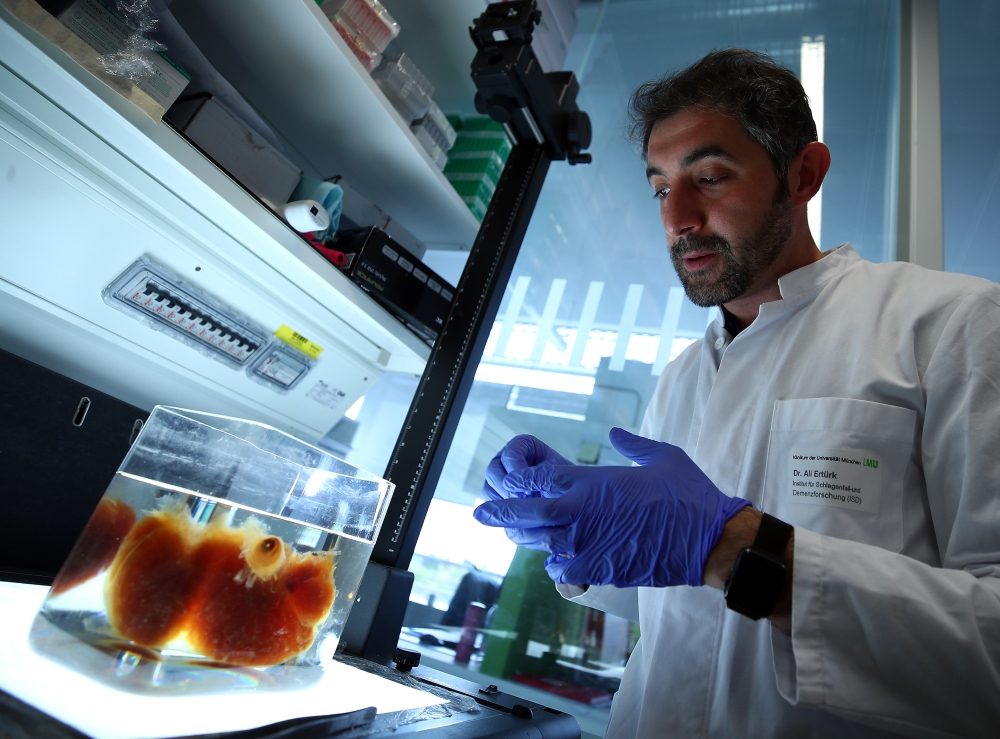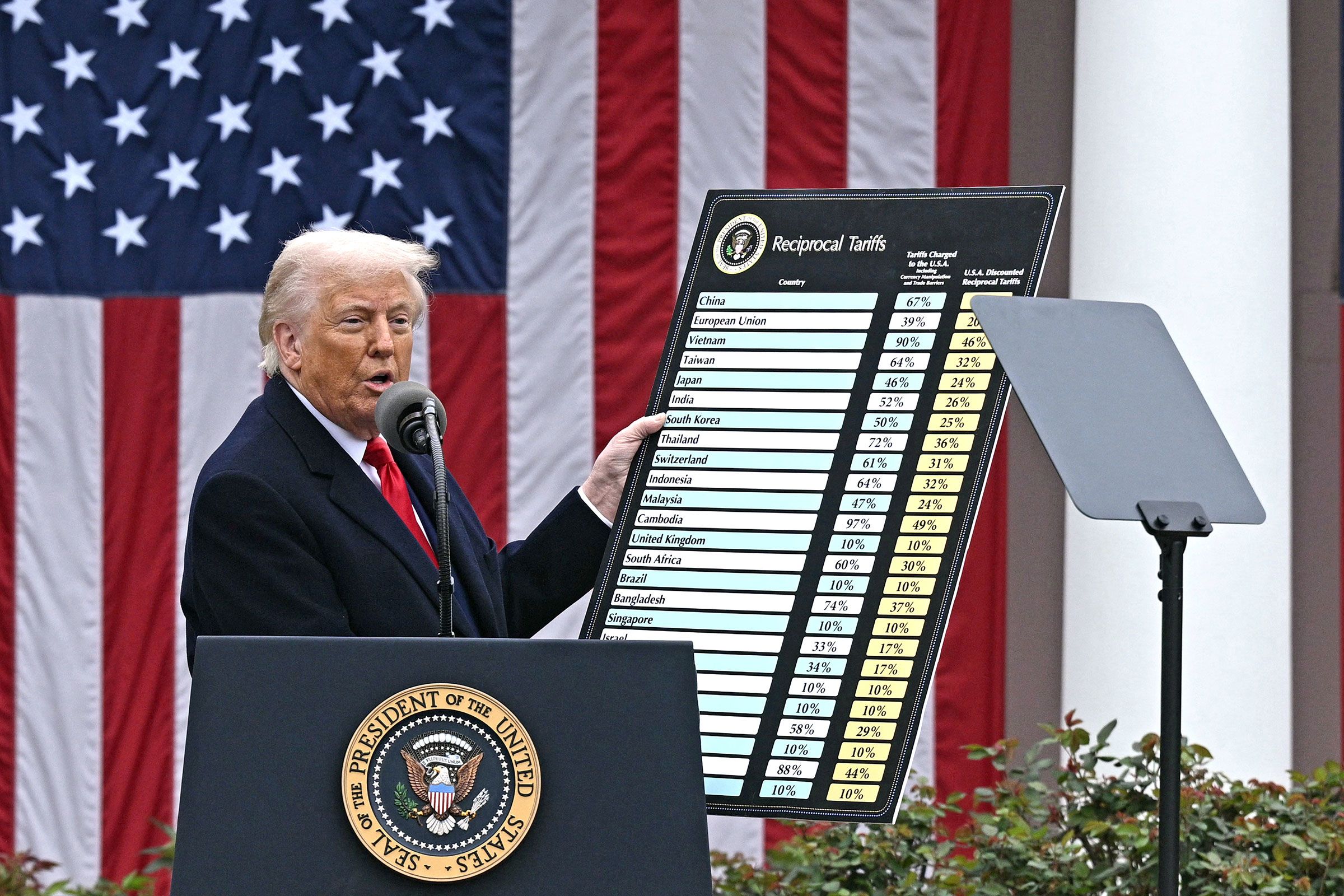German scientists create see-through human organs
Sun 05 May 2019, 12:15:29

Researchers in Germany have created transparent human organs using a new technology that could pave the way to print three-dimensional body parts such as kidneys for transplants.
Scientists led by Ali Erturk at Ludwig Maximilians University in Munich have developed a technique that uses a solvent to make organs such as the brain and kidneys transparent.
The organ is then scanned by lasers in a microscope that allows researchers to capture the entire structure, including the blood vessels and every single cell in its specific location.
Using this blueprint, researchers print out the scaffold of the organ. They then load the 3D printer with stem cells which act as “ink” and are injected into the correct position making the organ functional.
While 3D printing is already used widely to produce spare parts for industry, Erturk said the
development marks a step forward for 3D printing in the medical field.
development marks a step forward for 3D printing in the medical field.
Until now 3D-printed organs lacked detailed cellular structures because they were based on images from computer tomography or MRI machines, he said.
“We can see where every single cell is located in transparent human organs. And then we can actually replicate exactly the same, using 3D bio-printing technology to make a real functional organ,” he said.
“Therefore, I believe we are much closer to a real human organ for the first time now.”
Erturk’s team plan to start by creating a bio-printed pancreas over the next 2-3 years and also hope to develop a kidney within 5-6 years.
The researchers will first test to see whether animals can survive with the bio-printed organs and could start clinical trials within 5-10 years, he said.
No Comments For This Post, Be first to write a Comment.
Most viewed from International
Most viewed from World
AIMIM News
Latest Urdu News
Most Viewed
May 26, 2020
Do you think Canada-India relations will improve under New PM Mark Carney?
Latest Videos View All
Like Us
Home
About Us
Advertise With Us
All Polls
Epaper Archives
Privacy Policy
Contact Us
Download Etemaad App
© 2025 Etemaad Daily News, All Rights Reserved.











.jpg)
.jpg)





























